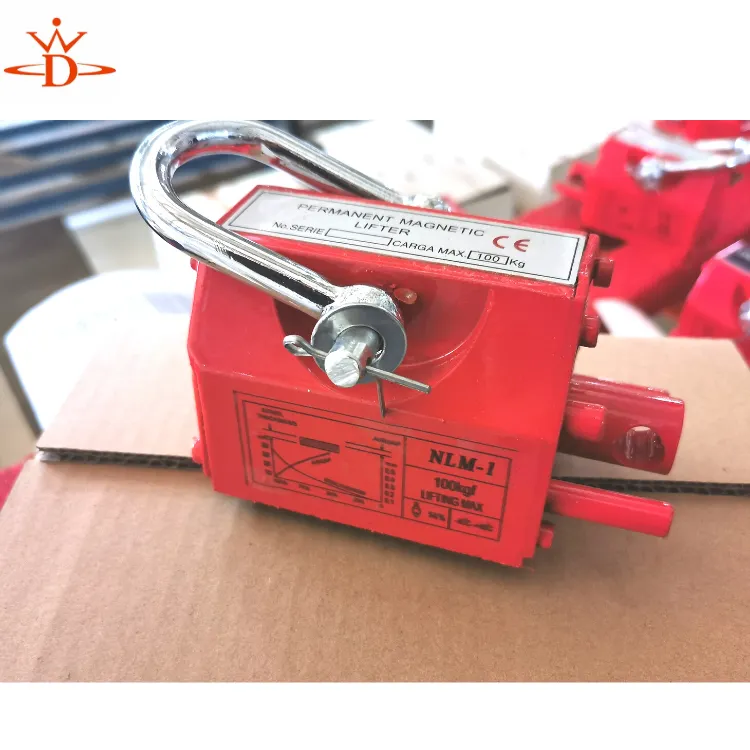mobile overhead crane
Understanding Mobile Overhead Cranes A Comprehensive Overview
Mobile overhead cranes play a crucial role in various industries, facilitating the lifting and transportation of heavy loads with efficiency and safety. These cranes are a highly versatile solution, designed to operate in diverse environments, from manufacturing facilities to construction sites, enhancing productivity and reducing labor costs.
What is a Mobile Overhead Crane?
A mobile overhead crane is a type of crane that combines the functionality of a traditional overhead crane with mobility features. Typically mounted on wheels or tracks, these cranes can move along a predetermined path, making them ideal for operations where the work area needs to be flexible. Unlike fixed overhead cranes, which are permanently installed, mobile cranes can be relocated quickly depending on the project's requirements.
Key Features
1. Mobility The primary advantage of mobile overhead cranes is their ability to move easily within a workspace. This feature allows companies to adapt to changing project needs and can contribute significantly to operational efficiency.
2. Lifting Capacity Mobile overhead cranes come in various sizes and lifting capacities, ranging from small units capable of lifting a few tons to larger, heavy-duty cranes that can lift up to 100 tons or more. This versatility enables them to handle different types of loads, from smaller components to oversized machinery.
3. Versatile Design The design of mobile overhead cranes is often modular, allowing for customization based on specific operational needs. Many models include adjustable spans and heights, making them suitable for various applications.
4. Control Systems Modern mobile overhead cranes are equipped with advanced control systems, allowing for precise maneuvers and increased safety. Operators can control the movement of the crane seamlessly, ensuring that loads are lifted and positioned accurately.
5. Safety Features Safety is a top priority in crane operation. Mobile overhead cranes come with several safety features, including overload protection, emergency stop buttons, and proximity sensors to prevent collisions. Additionally, operators are often trained in safety protocols to minimize the risk of accidents.
Applications
mobile overhead crane

Mobile overhead cranes are widely used across several industries
- Construction In construction settings, these cranes are essential for lifting building materials to heights and transporting them across job sites.
- Manufacturing Factories frequently employ mobile overhead cranes for assembly lines, where they transport raw materials and finished products efficiently.
- Warehouse Operations They enhance the logistics capabilities of warehouses by moving goods quickly from receiving areas to storage and shipping zones.
- Shipyards In shipbuilding and repair, mobile overhead cranes are used to lift heavy sections of ships and equipment, contributing to streamlined operations.
Advantages of Using Mobile Overhead Cranes
1. Increased Efficiency With their mobility, these cranes can significantly reduce the time taken to move heavy materials from one location to another, leading to higher productivity.
2. Reduced Labor Costs By mechanizing the lifting and transporting processes, companies can reduce the number of workers needed for manual handling, translating into labor cost savings.
3. Improved Safety The ability to move heavy loads with precision minimizes the risk of injury to workers, making workplaces safer.
Conclusion
Mobile overhead cranes are invaluable tools that enhance operational efficiency across various industries. Their mobility, versatility, and safety features make them a preferable choice for lifting and transporting heavy loads in dynamic environments. As technology advances, we can expect further improvements in crane design and functionality, ensuring that these crucial machines continue to meet the ever-evolving demands of modern industry. Whether for construction, manufacturing, or logistics, investing in mobile overhead cranes can provide companies with a significant competitive edge.
-
Unlock Seamless Relocation with Our Heavy Equipment Moving ExpertiseNewsJun.06,2025
-
Unleash Unrivaled Flexibility with Our Adjustable Gantry CraneNewsJun.06,2025
-
Unleash Heavy-Duty Efficiency with Our Industrial Gantry Crane SolutionsNewsJun.06,2025
-
Revolutionize Steel Handling with Our Magnetic Lifter RangeNewsJun.06,2025
-
Master Equipment Mobility with Premium Machinery Mover SolutionsNewsJun.06,2025
-
Elevate Your Material Handling with Magnetic Lifter TechnologyNewsJun.06,2025
-
YS Permanent Lifting Magnets: The Smarter Way to Handle SteelNewsMay.22,2025
